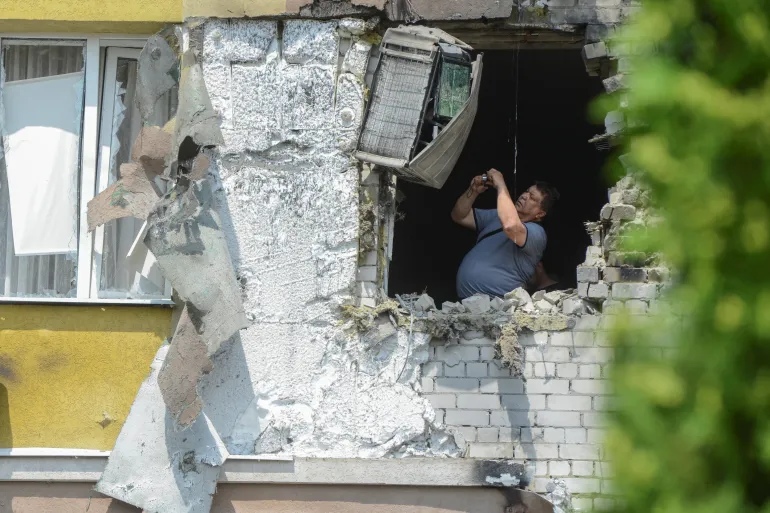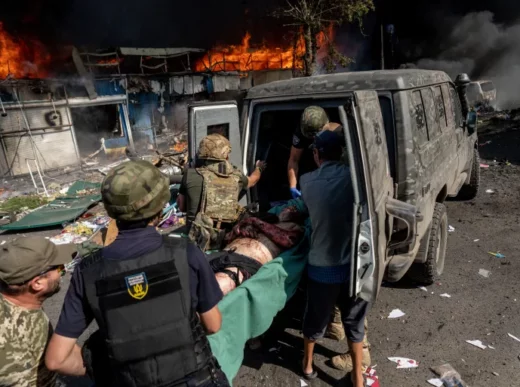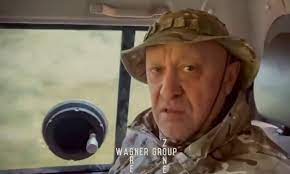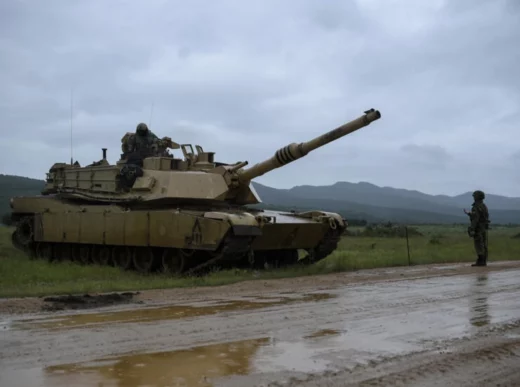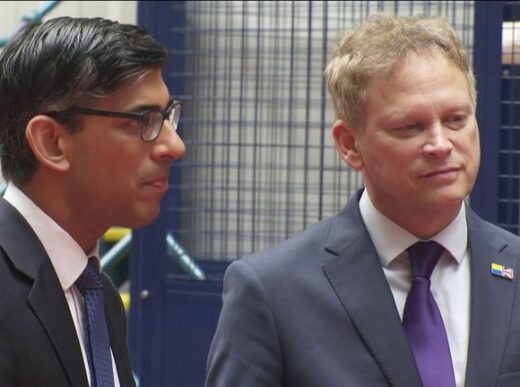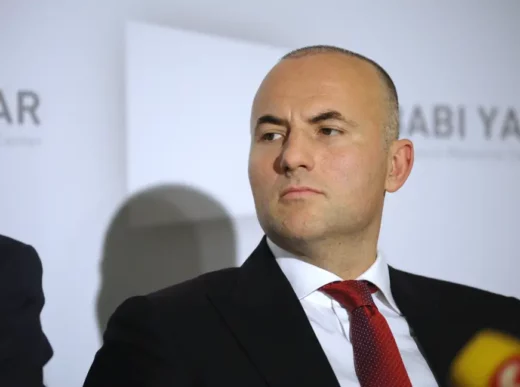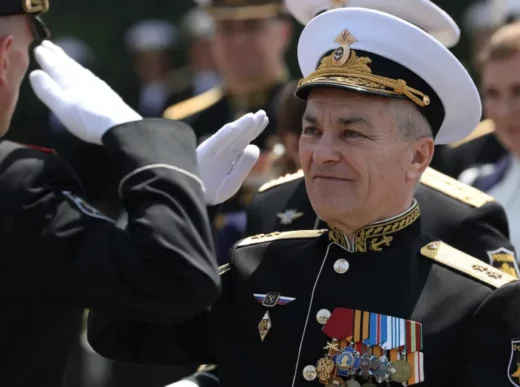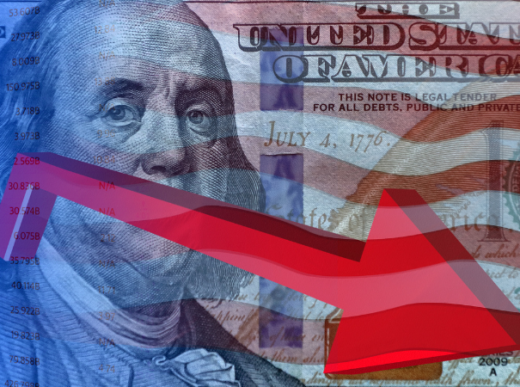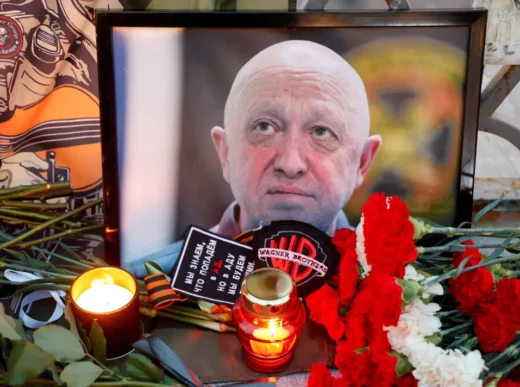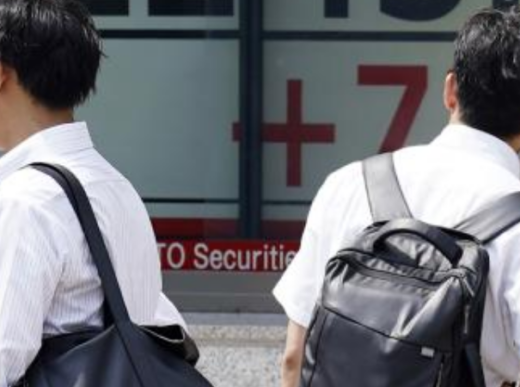Recent incidents involving Ukrainian drones near Moscow have sparked concerns and retaliatory actions from the Russian Defense Ministry. In this article, we delve into the details of these drone interceptions and explore the implications of these aerial attacks on Moscow’s airspace.
Multiple Drone Interceptions Reported
According to Russia’s defense ministry, at least three Ukrainian drones were intercepted in the latest series of attempts by Kyiv to target sites within Moscow’s vicinity. The ministry disclosed that these incidents unfolded in various regions, with two drones brought down over the Kaluga and Tver regions, both adjacent to the Moscow region. A third drone was downed closer to the Russian capital, specifically over the Istra district within the Moscow region.
Moscow’s Response and Mayor Sobyanin’s Statement
In response to these drone attacks, Moscow’s Mayor, Sergei Sobyanin, confirmed that the “attack drones aimed at Moscow” had been neutralized. He provided reassurance via Russia’s TASS news agency that there were “no casualties” based on preliminary information. Mayor Sobyanin also communicated through the Telegram messaging app.
However, the incident did result in collateral damage, with debris from one of the downed drones causing harm to a household in the Istra district. Additionally, drone fragments in the Tver region landed in the Zavidovo village.
Significance of Zavidovo Village
Zavidovo village, located in the Tver region, holds particular significance as it is home to “Rus,” an official residence palace of Russian President Vladimir Putin. While Putin’s primary residences include the Novo-Ogaryovo residence in the Moscow region and the Grand Kremlin Palace, which hosts official events, the Zavidovo village serves as a notable location linked to the Russian leadership.
Disruption of Air Travel
The impact of these drone attacks extends beyond localized incidents, with reports suggesting that nearly 50 flights were canceled or delayed at the four major airports surrounding Moscow. These airports include Vnukovo, Domodedovo, Sheremetyevo, and Zhukovsky. While operations later resumed during the morning, these disruptions underscore the broader ramifications of such aerial incursions.
Frequent Drone Attacks on Russian Territory
Notably, these drone attacks represent a recurring pattern, with incidents occurring almost daily in recent weeks. These activities have not only disrupted air travel in and out of Moscow but have also caused damage to both residential and commercial properties within the capital and other regions of Russia.
Recent Targeting of Russian Military Aircraft
In a significant development, a substantial wave of drones reportedly targeted and destroyed four Russian military heavy transport aircraft at an airfield in the western Pskov region. Situated approximately 660 kilometers (around 411 miles) north of the Ukrainian border, this incident has raised concerns about the increasing sophistication and range of these drone attacks.
Ukraine’s Involvement and President Zelenskyy’s Remarks
While Ukraine seldom takes direct responsibility for drone attacks within Russian territory and annexed regions of Ukraine, recent events have hinted at Kyiv’s potential involvement. Ukrainian President Volodymyr Zelenskyy made statements that suggested Ukraine’s forces might have been behind the attack on Pskov. Furthermore, he hinted at the development of a new long-range weapon capable of penetrating deeper into Russian territory.
Conclusion
The repeated incursions of Ukrainian drones into Moscow’s airspace have generated heightened tensions and significant disruptions. As Russia takes steps to counter these attacks, the situation remains fluid and continues to evolve. The implications of these drone assaults on Moscow’s security, regional stability, and diplomatic relations warrant close monitoring as the situation develops further.
